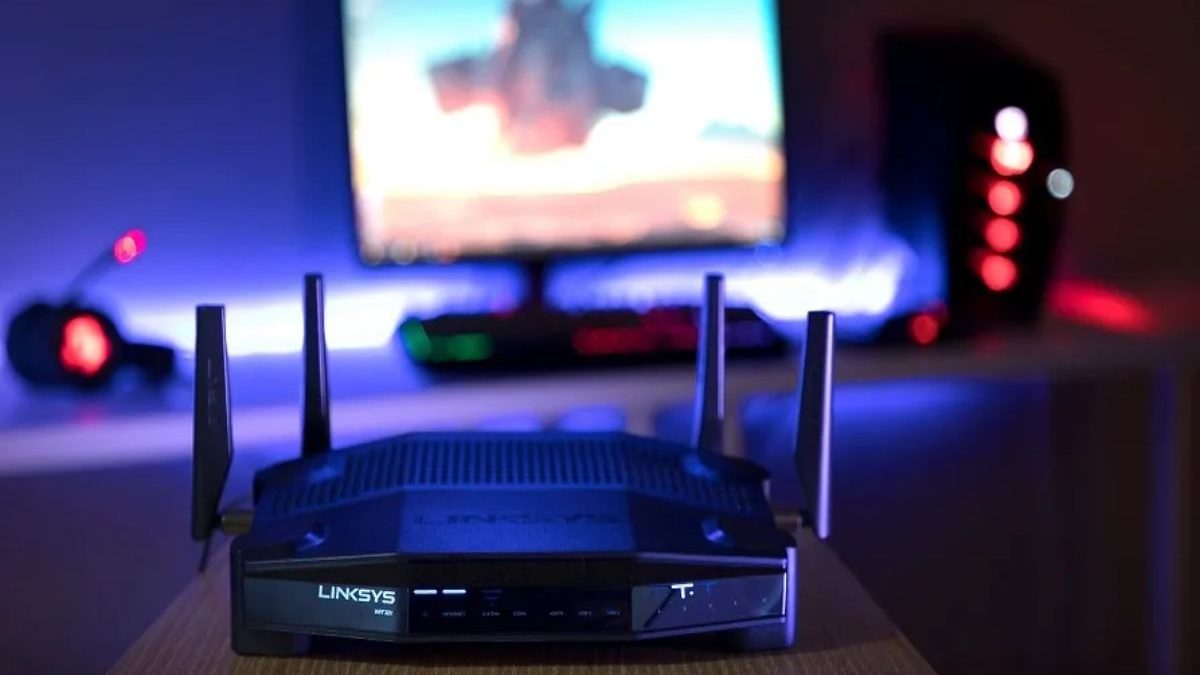Router placement is integral to strong wireless performance in your home. Many Wi-Fi issues that the average user experiences can be corrected by finding the optimal placement for your particular residence.
Table of Contents
Never Assume That Your Technician Chose the Optimal Position
The installation technician sent to your home by your internet service provider is unlikely to spend much time ensuring that you router is positioned optimally. Your technician has parameters provided to him by the ISP and simply wants to be within those thresholds. It may help to request a centralized position and to have the technician show you the performance of wireless devices on your network.
Invest in a High-Quality Wi-Fi Router
Do not use the router or router-modem combo provided by your ISP. While there are exceptions, they are rare. Instead, invest in a high-grade unit for home use known for its wireless performance.
Update the Router Firmware and Keep It Updated
Update the firmware at the time of router installation. Each month, check if there is new firmware. Install it if there is, and power cycle your router regardless. This will help to ensure that your network is secure and that you are getting the best wireless internet performance possible.
Identify a Suitable Centralized Location
Think of your Wi-Fi signal as a sphere that emanates out from your router. There are layers to this sphere. The inner sphere provides the strongest signal, and you want to be within that sphere or as close to it as possible. Placing the router in a central location will help you do that throughout your home. One caveat is that you may want to avoid solid interior walls and other design features of your home that could interfere with the signal.
Raise the Router If Possible
Optimal router placement often involves mounting it to a wall or on a shelf as high as possible. There are a couple of reasons for this. One is that it helps to avoid interference created by furniture and other devices in your home, and the other is that radio signals tend to emanate downward. If you place it on a typical living room table, for instance, much of the signal is emanating into the ground.
Avoid Interference Wherever Possible
Other electronics in the home are primary causes of interference. You definitely want to keep your router away from microwaves and the like, and it helps to maintain a healthy distance even from TVs and other entertainment equipment. Large metal objects are also a significant source of interference.
Antenna Quality and Positioning Matter
Quality antennas can make a significant difference. High-end routers typically have detachable antennas so that you can upgrade. Antenna position matters too. Rather than face them all in the same direction, opt for a wide range of angles, and if you have just two, position them perpendicular to one another.
Map Your Wi-Fi Signal
If at this point you are still experiencing a problem with your wireless connection, there are a number of software tools available for Windows that are both an effective and affordable way to generate a Wi-Fi heat map. It will show where the deficiencies are and help you determine where changes need to be made.
Expand Coverage With a Wi-Fi Extender
If your coverage is good for the most part but you have a particular problem area or several, then you may want to consider a Wi-Fi extender. These devices go by many different names, including boosters and repeaters, and these names are often used interchangeably. That said, there are different types. We generally recommend an extender that uses a hard connection, such as your electrical system, as opposed to a repeater that extends the range entirely through wireless communication.
Final Thoughts
If your home is large enough or has a particularly challenging design, you may want to consider upgrading to a mesh network. The initial investment is higher, but mesh networks can overcome challenges that traditional wireless home networks cannot.

